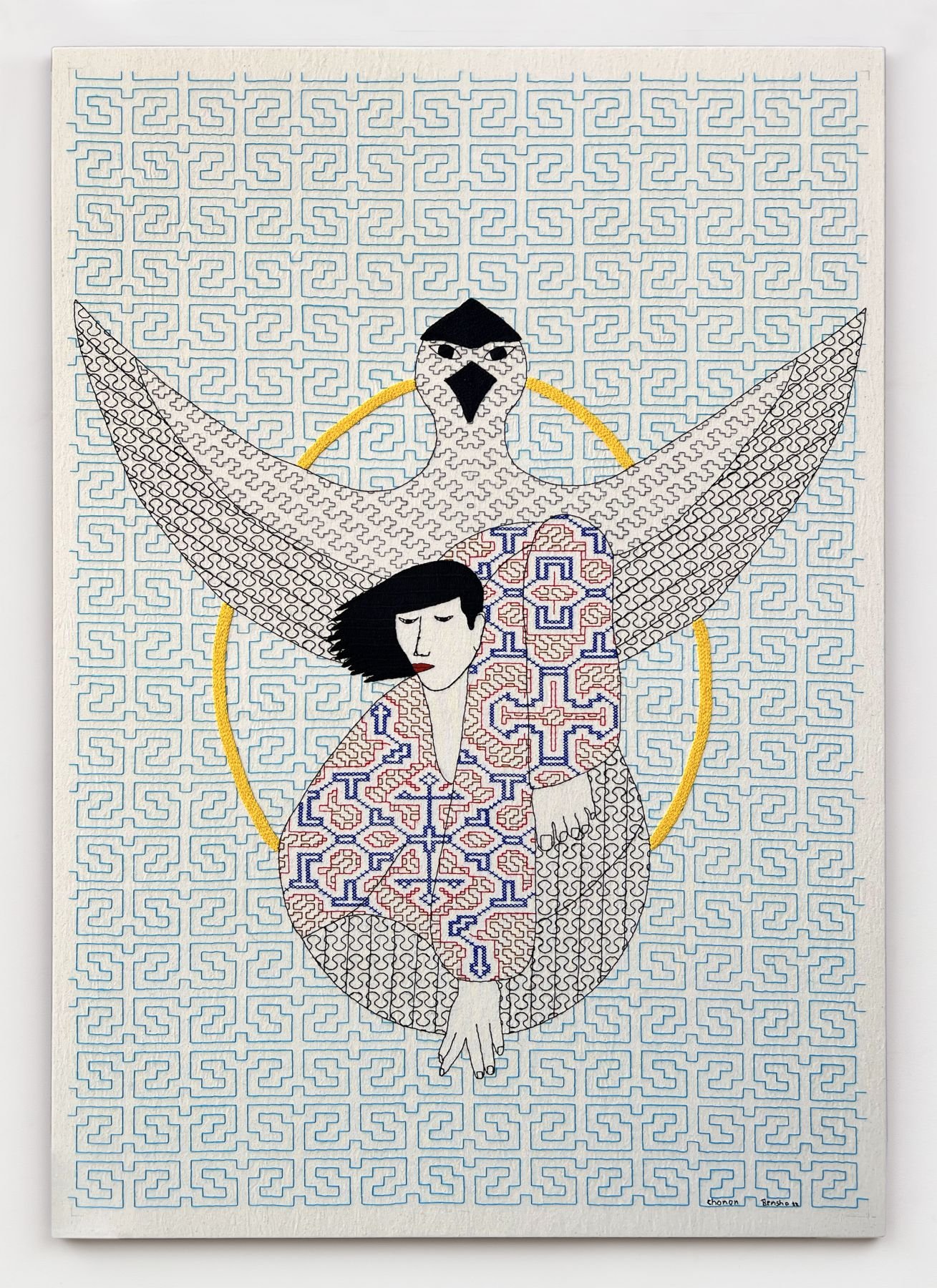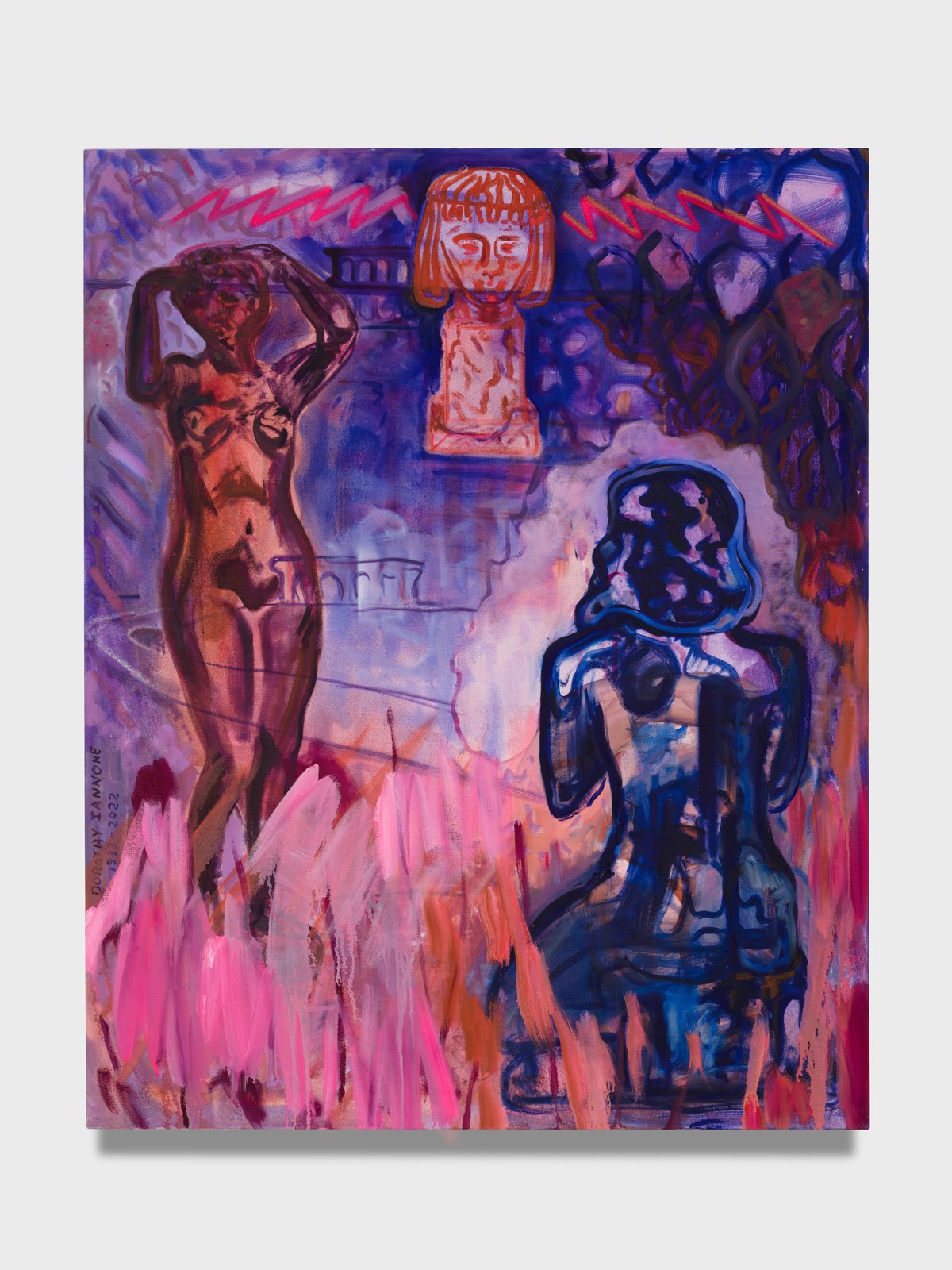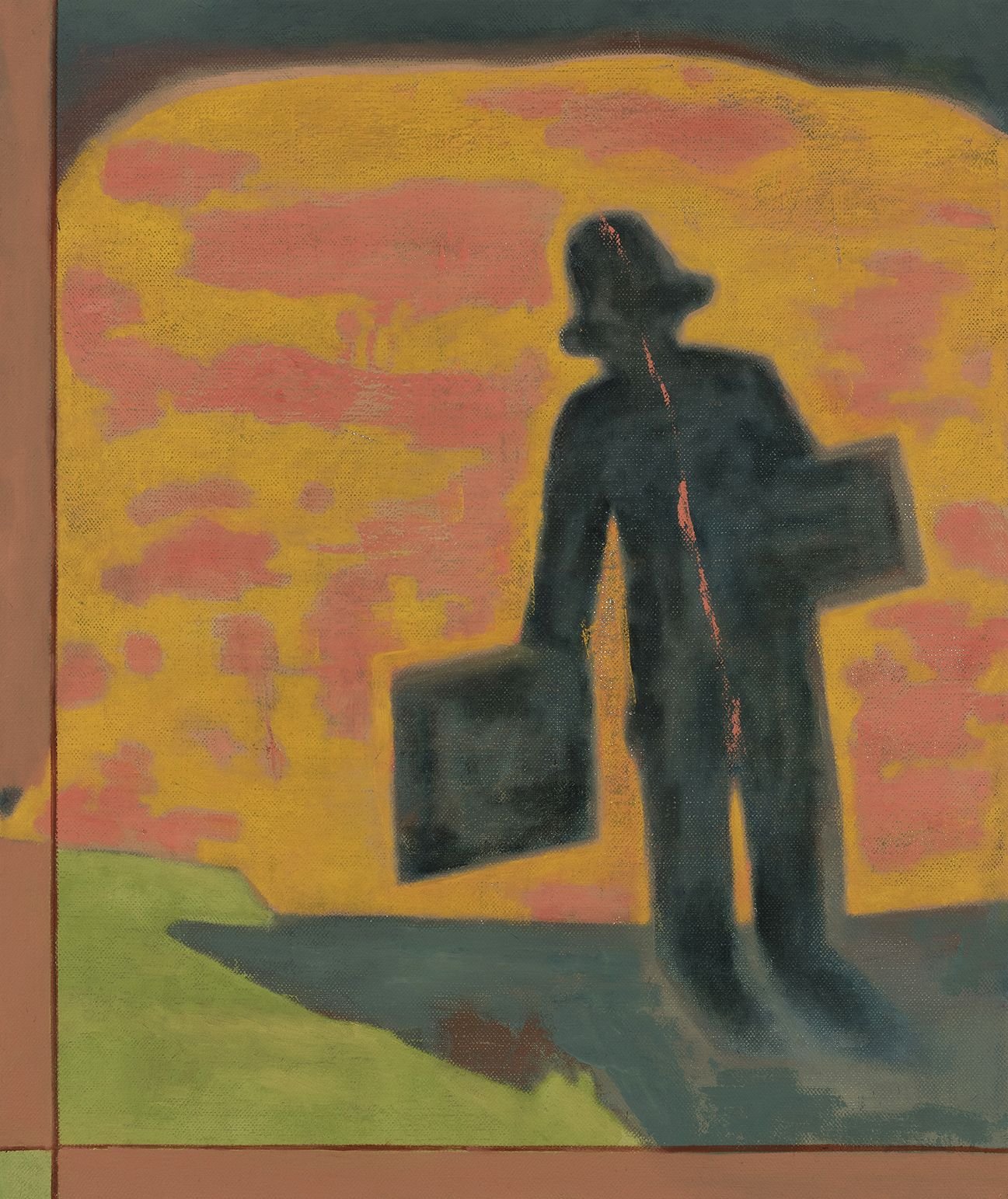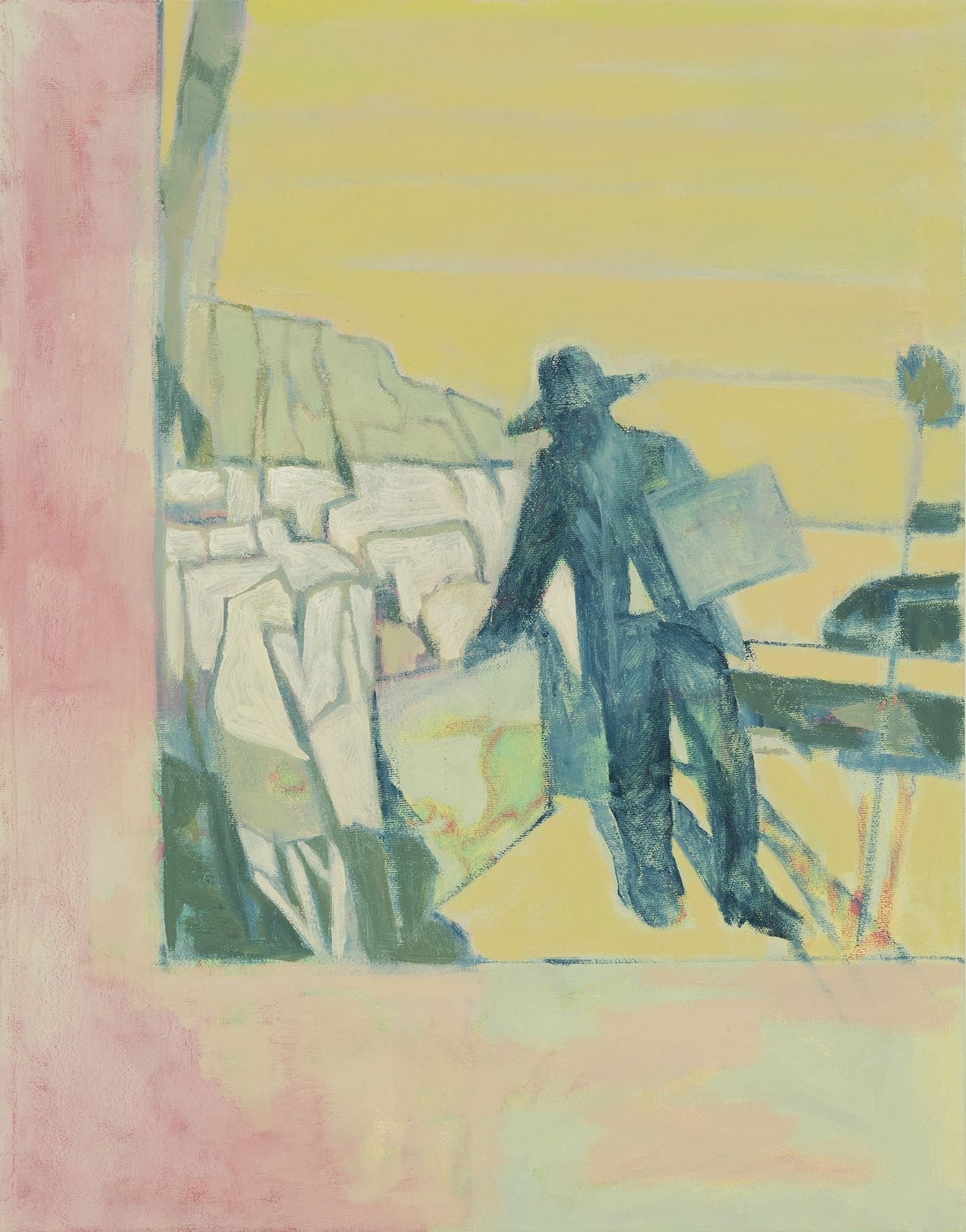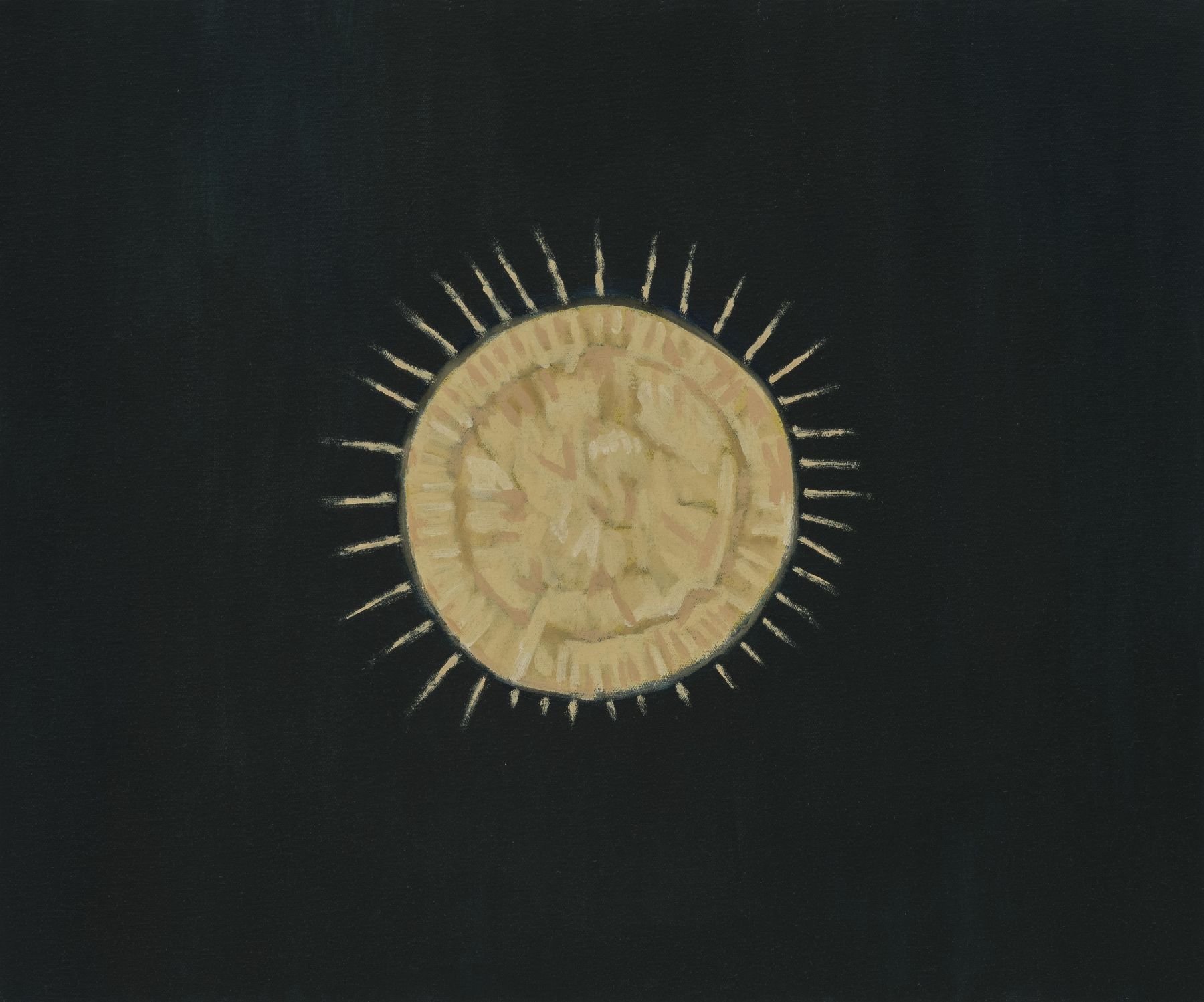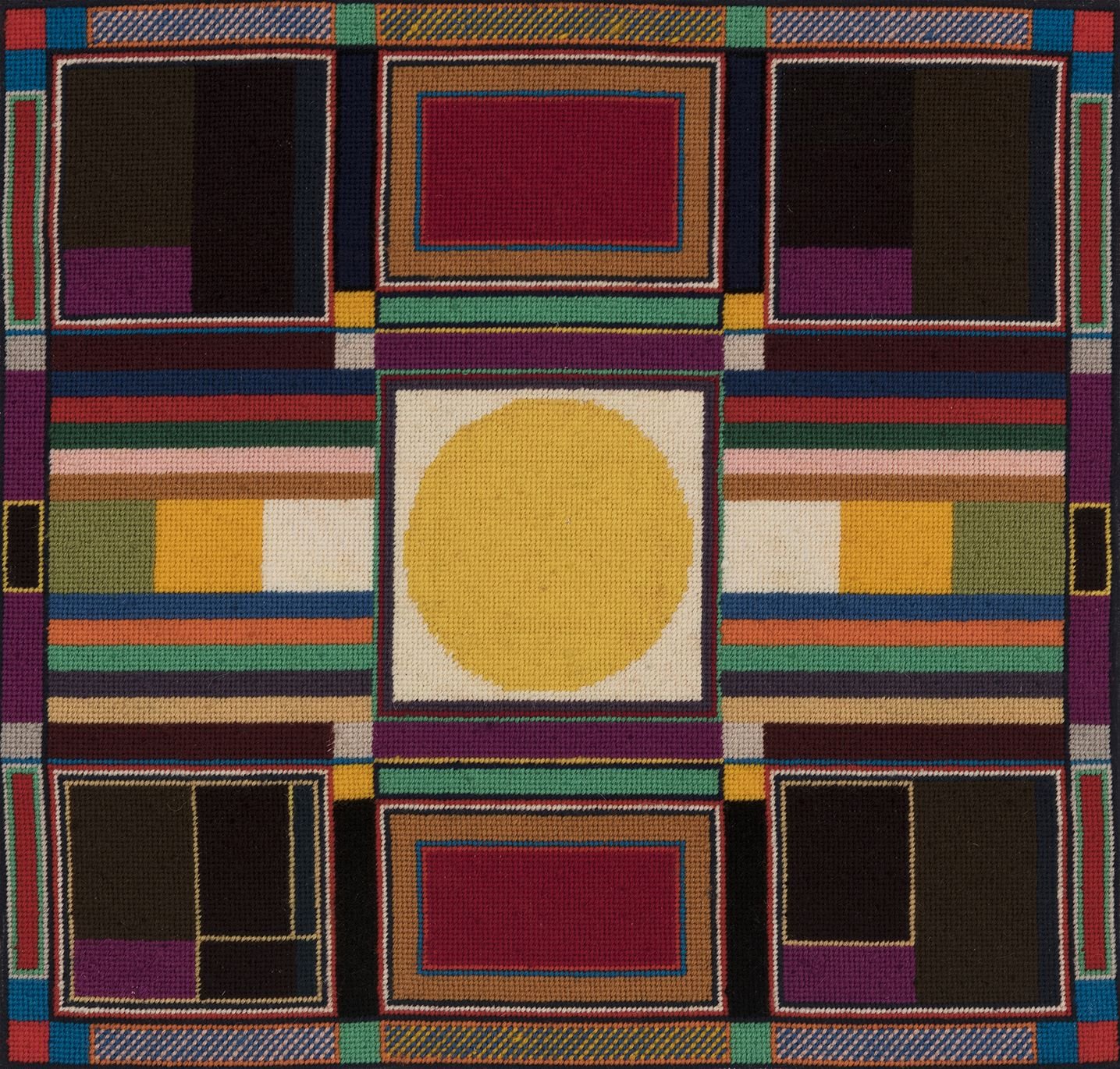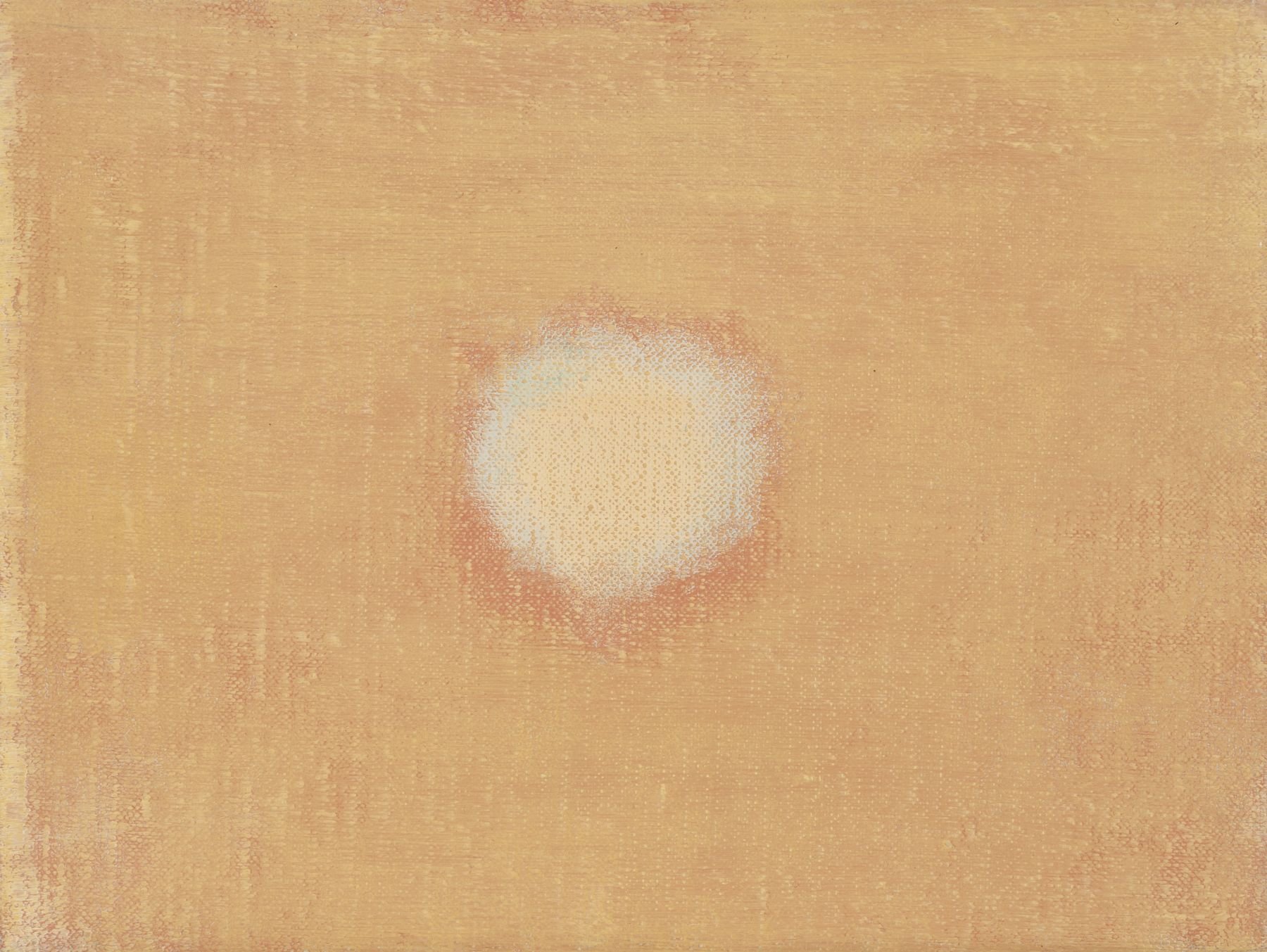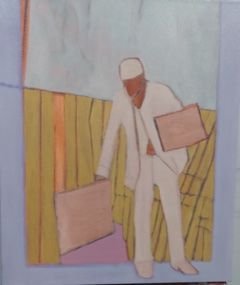EVERYBODY KNOWS THIS IS NOWHERE
March 30th - May 14th
Chonon Bensho • Amy Bessone • Greg Kwiatek
Curated by Alissa Friedman
In ancient Greek, the word Utopia translates as both no place and good place. It represents an ideal that, by definition, cannot exist. Many have attempted to create Utopia in the here and now but their efforts too often have been doomed to failure. But there’s another way to think about it. The postulation of Utopia as an elastic, fictive space – something that can exist as a possibility, a trajectory that can be performed through art and other aesthetic forms in dialogue with the present – offers alternative, multivarious ways to understand the world and to reimagine our futures.
When I was growing up, we would frequently visit the Shaker villages that dotted the New England countryside. We toured their homes and their meeting houses and learned about their rigorous work ethic and industriousness. The Shakers believed that the sacred could be achieved through simplicity and mindful labor, and that everyone had the ability to manifest the divine. Their hermetic and egalitarian societies were distillations of their vision of paradise where work and craftmanship went hand in hand with singing, ecstatic dancing, and prayer. Heaven-on-earth was both a real place of routine and rites, and an alchemy of the imagination -a rubric for personal and communal transformation.
The three artists in this exhibition, Chonon Bensho, Amy Bessone and Greg Kwiatek, present three visions of Utopia, all rooted in the material world, in the artist imagination and in the divine. These hybridized spaces are spun out of daily ritual and practice – paint, needlepoint, embroidery. Their visions are not static, but interactive and inherently unstable. They seep into our consciousness. They conjure history and the natural world. They are self-reflexive and communal, an invocation and an evocation.
Chonon Bensho is an artist and poet from the Shipibo-Konibo People of the Peruvian Amazon. A descendant of a long-lasting lineage of female artists and visionary healers, Chonon’s creative research includes a broad spectrum of life-generating practices, including work on the land and reforestation of native species, plant-medicine, academic research, poetic song, as well as drawing, painting, embroidery, photography, video, and collage. Nourished by and in dialogue with the material as well as the spiritual power of plants, animals and ancestors, Chonon's visionary artworks are steeped in the cosmological image-world of Amazonian history and mythology and have a deep commitment to the search for the balance of all living beings, the respectful dialogue between realms, and the recognition of the link that connects everything to the web of the cosmos.
Amy Bessone’s oil paintings are populated with archetypal female characters who inhabit their narratives as actor, creator, and instigator. Like the female protagonists of video games, they play and replay their plots in ever-changing loops, allowing themselves to transcend their roles, and morph from subject to object, and from static to active participants in their own adventures. Amy’s settings are suggestive of the sculpture gardens of the Romantic era, abundant and redolent with jewel-colored flora, caves and paths. Dream-like and immersive, her paintings form a worldview in which realism and societal norms are suspended.
Greg Kwiatek’s quiet and haunting paintings, simply called The Painter present a fugue-like interplay of variation, color and mood. Based on Francis Bacon's 1957 paintings of Van Gogh, and Ker-Xavier Roussel's 1906 photograph of Paul Cezanne at work on the Chemin des Lauves, Greg’s somewhat unsettling canvases blend the magical, the theatrical and the ordinary to suggest a state of uncertainty. His “painters” are not the archetypes of yore but take on multiple forms. They are shamanic presences, bridging worlds, histories and ideas. As a young artist, Greg worked on cargo ships at sea, and later spent twenty-five years as a night guard at the Metropolitan Museum of Art. His versatile practice which includes painting, drawing, watercolor and needlepoint synthesizes and transforms these experiences into a vast body of work that grapples with the spiritual, the metaphysical and the cross-historical.
Alissa Friedman, March 2023


